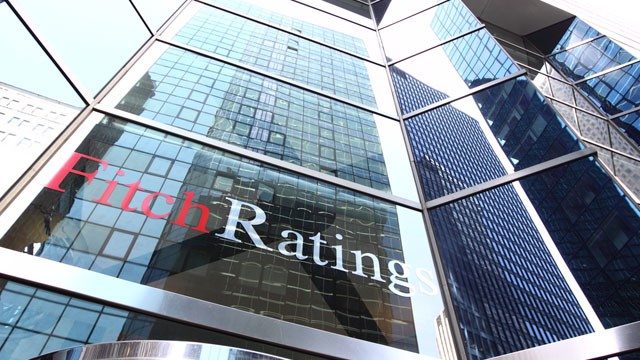SUMMARY
This is AI generated summarization, which may have errors. For context, always refer to the full article.

MANILA, Philippines – Philippine banks could meet higher levels of capital for potential losses imposed by the central bank on banks deemed “too big to fail,” Fitch Ratings said Wednesday, July 8.
In a statement, Fitch said most large and mid-sized banks in the Philippines have core equity tier 1 (CET1) ratios comfortably above Basel 3 minimums, after the Bangko Sentral ng Pilipinas (BSP) announced that it has completed the determination of domestic systemically important banks (D-SIBs).
Banks identified as D-SIBs are required to maintain additional CET1 of between 150 and 250 basis points of the bank’s risk-weighted assets starting January 2017, until the same are fully in place by January 2019.
D-SIBs must also meet higher supervisory expectations. In the annual submission of their Internal Capital Adequacy Assessment Process (ICAAP) document, D-SIBS must have in place acceptable recovery plans to be carried out in case of breaches in capital requirements.
It added the largest banks’ CET1 ratios falling between 12% and 14% as of end-2014. The D-SIBs framework is in line with the initiatives pursued under the Basel 3 reform agenda.
“The 1.5% to 2.5% additional capital buffer is broadly in line with other Asian jurisdictions which have announced D-SIB frameworks, including Singapore and Hong Kong,” Fitch said.
Singapore announced a 2% additional capital requirement for its D-SIBs in April while Hong Kong announced in March that it would be phasing in a 1% to 3.5% requirement.
“The BSP, unlike the monetary authorities in Hong Kong and Singapore, will not publicly disclose which banks are classified as D-SIBs or their respective additional loss-absorption buckets,” the ratings agency said.
Relatively robust
Fitch said that a handful of the largest banks, including BDO Unibank of retail and banking magnate Henry Sy, Bank of the Philippine Islands of the Ayalas, and the Metrobank Group of taipan George Ty are likely to incur a 2.5% additional loss-absorption requirement, while other large lenders should fall into the 1.5%.
“Overall, Philippine bank capitalization is relatively robust, with several lenders having boosted their CET1 ratios,” it said.
Metrobank completed a P32-billion ($706.96-million) stock rights offer in March to boost its pro-forma end-2014 CET1 ratio to 15.5%.
Rizal Commercial Banking Corporation also boosted its CET1 ratio by 200 basis points earlier in the year, from 10.4% at end-2014, with a fresh capital injection from Taiwan’s Cathay Life Insurance.
Banks need to meet the capital requirements at a consolidated level as well as individual entity level as capital ratios tend to be lower for parent banks at the individual entity level, Fitch said.
It added that not every parent bank would have met the D-SIB requirement had it been fully implemented in end-December 2014.
“However, Fitch expects any banks with a shortfall to take action to comply with the requirements ahead of the phase-in period,” it said.
But it added that increasing the solo level capital ratio could be achieved through internal capital generation, but this would require a slowdown in credit growth or an increase in earnings retention.
Alternatively, a parent bank may have to raise more common equity or consolidate its subsidiary holdings.
“The higher bar for D-SIBs in terms of capital requirement and supervisory expectations serves to strengthen the system by lowering the probability of systemic bank failures,” BSP Governor Amando Tetangco Jr earlier said.
He said that the banking system remains in a strong position and that the D-SIBs guidelines are “pro-active measures to sustain such strength.” – Rappler.com
Fitch Ratings image via Shutterstock
Add a comment
How does this make you feel?
There are no comments yet. Add your comment to start the conversation.